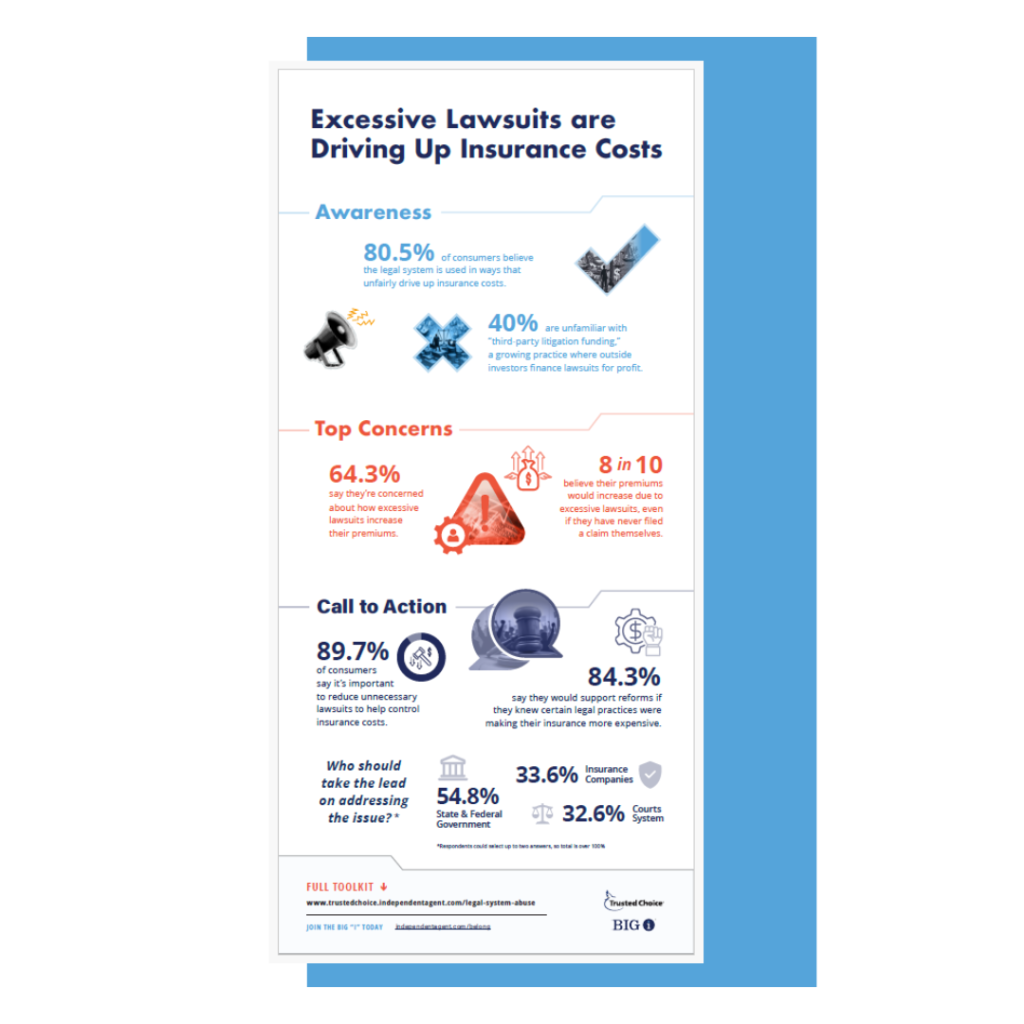Carriers Cheating Agents? Probably Not
Insurers often adjust loss ratios and reserves near the end of the calendar year. One agent asks if this is done to reduce profit sharing bonuses paid to agencies or if there is some legitimate reason for the adjustments. The VU faculty point out that it is much more likely than not that the latter is the case.
|
Insurers often adjust loss ratios and reserves near the end of the calendar year. One agent asks if this is done to reduce profit sharing bonuses paid to agencies or if there is some legitimate reason for the adjustments. The VU faculty point out that it is much more likely than not that the latter is the case. Question 1 “It’s long been suspected in the independent agency system that insurance carriers adjust loss ratios and reserves in the last few months of a calendar year in order to mitigate profit share bonuses paid to the agency. Do you have any evidence indicating that this goes on? Also what can you recommend to an agency that suspects a carrier of ‘cheating’?” Response 1 Absent any reason to believe otherwise because of conduct by a particular carrier in other areas, it is highly unlikely that an insurer would make these adjustments solely to reduce profit sharing with agencies. Not only would that be unethical, if not unlawful, but there are legitimate reasons for making these adjustments. Our faculty members offer their opinions below. Response 2 Response 3 Response 4 Take a look at your liability claims over an extended period of years. Develop a loss triangle to show reserve estimates for the policy year and following years. In view of the fact that liability claims often close over a period of ten years, don’t truncate the project to save paper. Look at the reserve estimates during the initial year compared to subsequent adjustments and the sums ultimately paid. I suspect you will find the reserves are low more often than high. Response 5 The first place to look, which is probably too late this year, is to get a loss run of all open claims. Go through the list and identify any that still have outstanding reserves but should be closed. Second, in the last four months of the year, check monthly for all significant reserve increases and then meet with the people in charge of increasing those reserves to learn why they increased them. Sometimes this pressure alone will make a company think twice. Third, check those claims that had big reserve increases for reserve decreases early the following year. Again meet with the company to learn why they had a relatively sudden change of plans. The more diligence displayed by the agencies on a case by case basis, the less likely the company will raise that agency’s reserves unnecessarily. Simply put, they may not want to put up with the questioning and one reason they may apparently so easily increase reserves is because not enough agencies question the practice in an analytical manner.
In order to determine if your carrier is padding loss reserves, you can run loss triangles on an annual basis. You need to convert your agency loss runs from their calendar year presentation to an accident year presentation. You then plot each accident year evaluation at 12 month points. A simplified example:
In this example, this loss had a 50% development and an additional 100% development before settling out at 75%. This may appear to be padding in the early years, but the settlement is within tolerence of the development. My example is blown up for illustration. When you do this in the aggregate for your book, you would expect a company’s loss development on property by somewhere around 4-6% or less over 3 to 5 years. In casualty (non-WC), it should be under 8-9% in 7 to 10 years (depending on the type of business) and Workers Comp will develop over 15 to 20 years. (All ranges +/-) If the aggregate development on your book is a positive number, this means the early year evaluations were below final settlement. If your losses develop to the negative outside of the ranges, you may have a case. (Or it may be a loss adjustment philosophy that needs adjusting.) Now, you can look at these ratios in the aggregate for your carrier by reading the company Annual Statement. In the Schedule P, the actuaries present this very information. I believe that you will find the allegations to be more myth than truth. There may be small occurrences, but my experience is that this is the minority. The truth be known, the last half the year is when many companies perform their large loss round tables. They do this so the actuaries can perform their loss pics and IBNR calculations. Just something to ponder…an average company pays between 1 to 2 points in aggregate contingency commissions. It takes about 5 points of aggregate “padding” in losses to reduce the expense by a half a point. Do you believe the company would want to publish a Combined Ratio that is 5 points higher to save a half a point in brokerage/sales expense? |
Copyright © 2025, Big “I” Virtual University. All rights reserved. No part of this material may be used or reproduced in any manner without the prior written permission from Big “I” Virtual University. For further information, contact nancy.germond@iiaba.net.









